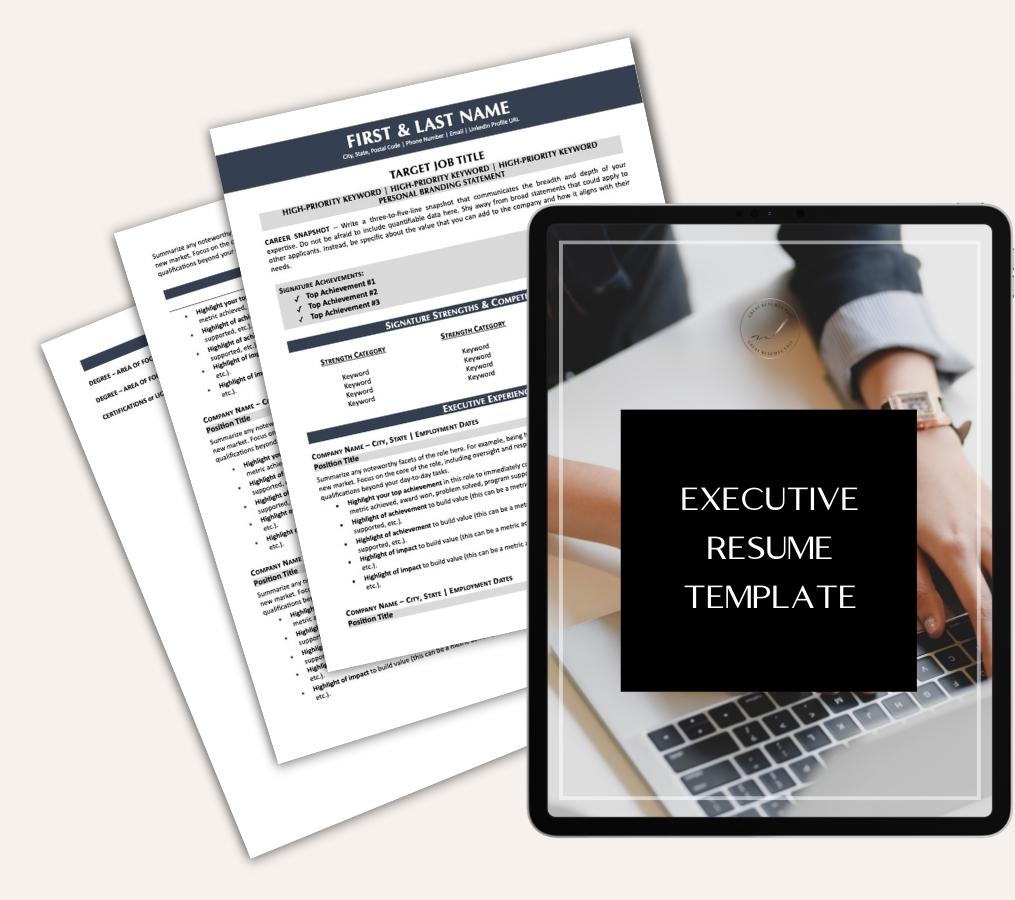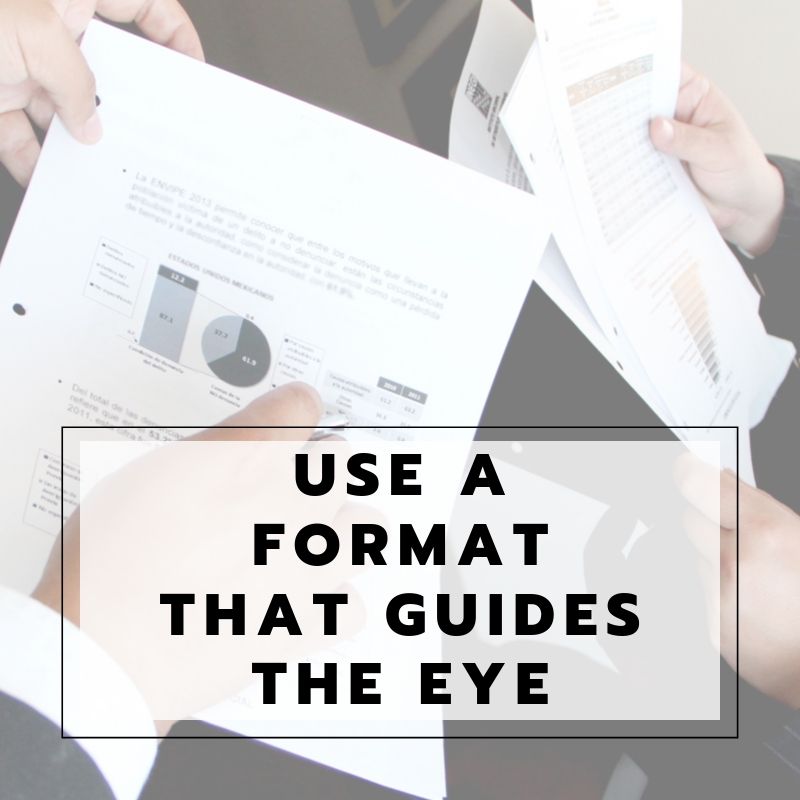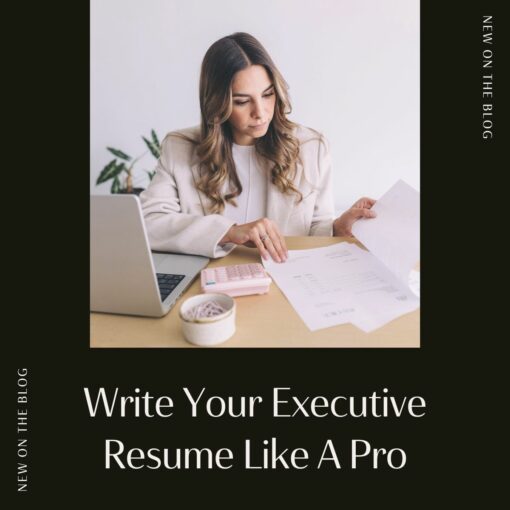How to Draw Attention to Key Information on Your Resume
As you write your resume and are searching for resume writing tips, you might be starting to feel overwhelmed by the amount of information out there. Many resume writing tips, though, fall into one broad category: how to write and format your resume to make the relevant, interesting achievements and qualifications from your work history stand out and impress a hiring manager or recruiter—and get you that interview.
This is because doing so is the most important function of an effective resume. While there are many specific language and formatting tactics for you to dig deeper into as you write your resume, start with the information I outline in this article to get going on creating a good resume. From there, it might be less overwhelming to dig deeper into more resume writing tips and further edit your resume to make sure you’re impressing a prospective employer.
Why Do I Need to Get Attention? Won’t an Employer Read All the Resumes They Get?
Short answer—no. Seven seconds is about the average time an employer will spend reading an applicant’s resume during the initial stage of the hiring process, and that’s if it makes it through an applicant tracking system, or the employer reads past the cover letter. Even what you think is a great resume might only get several seconds if important information is hidden within rather than highlighted clearly.
Let’s assume the hiring manager has the resume in front of them—they also have a stack of probably dozens of others, too. Now that you’ve got your chance, you want them to pay attention to what they’re reading about you and then remember it—for the right reasons—later on. If you don’t get their attention, they aren’t going to read further to learn about the work experience you have that makes you such an impressive candidate for the job.
Ideally, everything you include when writing a resume should fall under the category of relevant, important information that will speak to the positions you are targeting. But to capture attention, you need to guide the hiring manager or recruiter to the key details that they need to see in order to want to spend more time learning about your work history, skills, and professional qualifications.
Put It on the First Page
Whether you have a one-page resume, two-page resume, or are heading into three-page territory, keep in mind that if there is anything crucial in your background, it needs to show up on page one—and, preferably, near the top.
For example, an MD transitioning back into pharmaceutical sales after 10 years of practicing medicine had wonderful metrics for quota attainment and territory management, but all of these accomplishments were at the bottom of the second page of his resume. As a result, he didn’t receive a single callback in spite of having a vast network of healthcare connections, a stellar sales record, and insider knowledge of the pharmaceutical industry. A potential employer just doesn’t have the time to thoroughly read two full pages of soft skills, chronological work history, etc., to get to the salient information that will hook them in.
Putting this older but impressive and entirely relevant experience into a more prominent place on the resume by including it in his Career Summary statement positioned him better for the roles he is seeking now. By making the sales achievements from his employment history more of the focal point of his resume, a recruiter or hiring manager could easily see the qualifications that were relevant to their needs as they sought to fill a sales position.
When you create a resume, keep this in mind while you are deciding what format to use. You need a resume format that will give you the space to prominently display this kind of information. I recommend a more modern resume format with visual appeal rather than the old-fashioned simple paragraph/list format. If you have a metric-heavy resume you might even consider using an infographic resume format.
This tip about highlighting important work experience is also true of awards, education, and other important qualifications such as technical skills. Perhaps you even had part-time work once that is the most relevant to the job you are currently applying to. Make that prominent, or mention it prominently in your cover letter (focusing on the skills—not on the fact it was part-time).
Even if your education is impressive, you seldom need to put the educational background section above the Professional Experience section, but you should at least mention your MBA if it is an important credential for the role in question. One way to determine if such a qualification is a requirement or crucial preference for the position is to pay careful attention to the job description or look at a company’s website as you write a resume. You will probably find yourself moving this information around as you tailor your resume to best fit different job descriptions and company cultures. Customize your resume to emphasize what an employer is looking for.
Essential information for page one:
-Your name
-Contact information
-A relevant header / job title
-Industry
-Value proposition / what you bring to a new organization
Formatting to Guide the Eye
A simple exercise from an art history class can show you what your resume is currently emphasizing. Put your resume in front of you and close your eyes for a few seconds before opening them. Then, without focusing, let them drift over the document. Where do they go first? Second? Is there something leading them down the page? If your name and a relevant header/title aren’t the first things your eyes go to, your resume format needs some work. Great resumes immediately direct the reader to this kind of crucial—and hopefully engaging—information.
There are many ways to make your resume easy to skim. Here are a few to consider:
-Avoid dense paragraphs that overwhelm readers.
-Break up long bulleted lists by using subheadings.
-Add appropriate white space between bullets in a list.
-Use color and/or shading to make section headers easy to find.
-Highlight specific achievements with a chart/graph.
Quick Resume Format Fix: Go Bold
Generally, you can bold words that you want to draw attention to first, such as your degrees, your position titles, or the personal branding statement / professional summary at the top of your resume.
Additionally, one of the easiest ways to guide your reader to all of your impressive, quantifiable results is to bold the numbers, as in:
Overhauled product and parts process, implementing direct sourcing to boost profit margins by 100%.
The idea here is that your potential employer first sees the bold 100%, and is then drawn into reading the full accomplishment, and is then impressed enough to want to learn about the rest of your work experience and to keep reading the rest of your resume. A resume studded with bold numbers related to cost savings, revenue growth, client retention, or profit increases is sure to make a strong first impression on hiring managers and recruiters!
Don’t have any numbers on your resume to bold? Time to review the importance of including quantifiable results in resumes—especially if you are writing an executive resume and should have plenty of quantifiable results by this point in your career. Check out the Great Resumes Fast blog post on Why & How to Quantify Information and Use Numbers in Your Resume.
You can also search through our blog archives for resume tips on any number of topics, including more formatting tips to help you create an eye-catching resume to impress hiring managers and recruiters.
For more inspiration as you are writing your resume, you can also look at resume examples on our resume samples page.
To learn more about how the team of professional resume writers at Great Resumes Fast can help you in your job search, head over to our About Page. Our professional resume writers have helped hundreds of people so far, and we’d love to learn about your work history, chat about your career goals, and help you create the impressive career documents you need to get an employer’s attention.
Are you tired of your resume being rejected by applicant tracking systems? I know how frustrating it is to submit your resume and receive no response. I hate seeing qualified people never break through the screening process. It shouldn’t be that way. That’s why I created this guide and I encourage you to download the FREE PDF so you can start seeing better resume response rates!
Share this post:

About the author
Jessica Hernandez, President, CEO & Founder of Great Resumes Fast
Hi, I’m Jessica. I started this company back in 2008 after more than a decade directing hiring practices at Fortune 500 companies.
What started as a side hustle (before that was even a word!) helping friends of friends with their resumes has now grown into a company that serves hundreds of happy clients a year. But the personal touch? I’ve kept that.
You might have seen me featured as a resume expert in publications like Forbes, Fast Company, and Fortune. And in 2020, I was honored to be named as a LinkedIn Top Voice of the year!
I’m so glad you’re here, and I can’t wait to help you find your next perfect-fit position!
2 Comments
Leave a Comment
Improve Your Resume: Download Your Free Executive Resume Template Today
Are you struggling to create an executive resume that will impress employers? Download this free executive resume template and receive a series of 10 emails with expert guidance on how to write resume content that resonates with employers so you get more interviews.
It's everything you need to stand out, make an impression, and accelerate your job search.












Excellent piece on resume.
I am a student and career adviser at a business school in Cambodia. Read your material and thought it was helpful.
I am wondering if you could send me materials that could help me with my work as I work with our students through resume, cover letter and Interview techniques.
Thanks in anticipation.
Ediri
[…] I discuss in this article about resume layout, it’s critical to put the best and most important information about your work history and […]